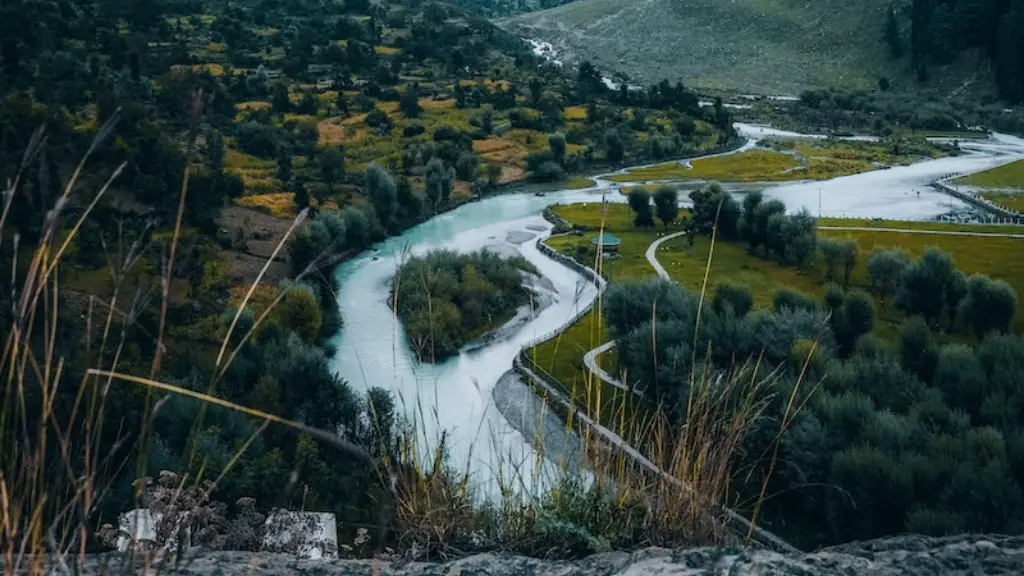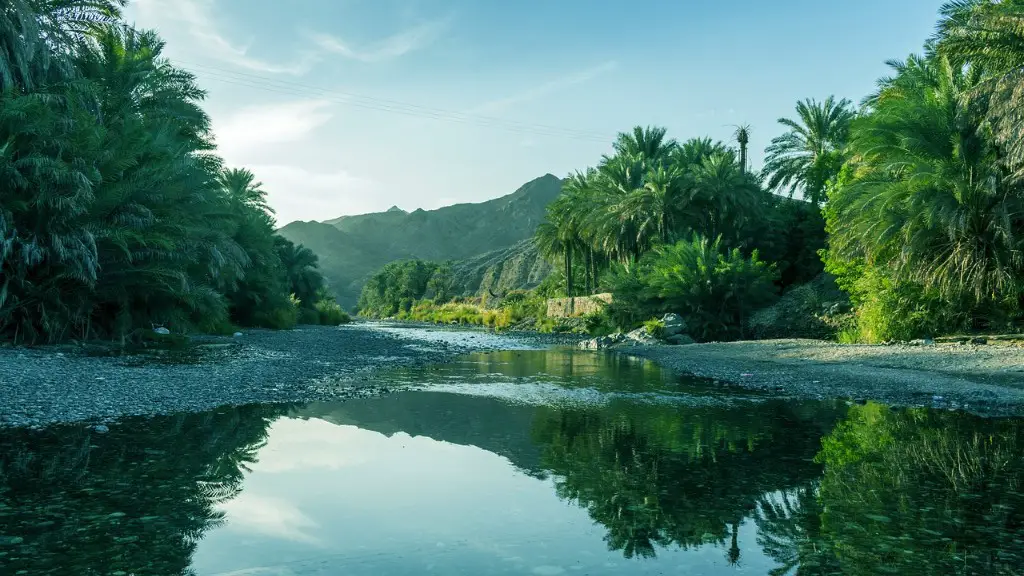History of Pollution in the Yangtze River
The Yangtze River, often seen as the lifeblood of the Chinese nation, has seen an increase in pollution levels over the past few decades. This is due to the country’s growing industrialization, which has caused a dramatic increase in the amount of pollutants discharged into the river. The type of pollution found in the river includes chemical, organic and inorganic waste, as well as trash, oil, and sediment. This has had a devastating effect on the ecosystems that make up its vast length.
In some sections, especially those near large cities, the water quality has been reduced to levels that make it unfit for consumptive or agricultural use. Recent studies have found that the pollution in the river is mostly from Municipal, manufacturing/industrial, and agricultural activities. More specifically, these activities have led to the release of heavy metals, oil and grease, organic compounds, and chemical fertilizers, as well as uncontrolled disposal of sewage and hazardous wastes.
In terms of its chemical pollution, the Yangtze River consistently holds some of the most severe levels of contamination in all of China’s rivers. Heavy metals, such as lead and mercury, are particularly concerning due to their toxicity, bioaccumulation, and long-term effects on human health. Additionally, organic pollutants, such as oil and grease, are also common in the river, with around 33% of the total pollution load coming from these sources.
Causes of Pollution
The main cause of pollution in the Yangtze is the ever-increasing number of industrial, agricultural and domestic activities taking place along its banks. The most notable culprits in this regard are the numerous factories and power plants situated close to the river. These businesses emit toxic chemicals, as well as unprocessed sewage, into the Yangtze.
Agriculture and cities are also major sources of pollution. Many farms use fertilizers and pesticides, which can contaminate the water further downstream. Additionally, urban centers generate significant amounts of trash, sewage and wastewater, which can pour into the Yangtze and its tributaries.
Climate change is another factor exacerbating the existing problem of pollution. Extreme weather conditions such as droughts and floods can transport pollutants even farther downstream, resulting in a greater distribution of them throughout the river system.
Effects of Pollution
The pollution in the Yangtze has had a significant and detrimental effect on its natural environment. The ecosystems that make up the river, including its fish and plant life, are the most affected. The presence of pollutants disrupts the natural balance of these systems, leading to decreased biodiversity and increased health risks for those living and fishing in the river.
The river’s pollution has also had a great effect on local communities and economies. One of the more notable effects is the destruction of many traditional fishing grounds, resulting in a decrease in catches and loss of livelihoods. Additionally, it has been linked to poor economic performance in certain areas surrounding the river.
Exploiting the Yangtze River
The pollution of the Yangtze River has also led to an increased exploitation of the river for natural resources. Despite the presence of numerous laws and regulations, some have found ways to exploit the river for their own personal, or financial gain. For instance, some industries have intentionally discharged pollutants directly into the river, knowing that they can get away with it due to lax enforcement from the government and local authorities.
Others have taken advantage of the conditions of the river for their own benefit, such as those who have illegally harvested river sand for construction materials. This illegal practice, known as sand smuggling, has been linked to destruction of river banks and drastic decreases in water quality.
Governmental Action
In recent years, the Government of China has taken steps to reduce the pollution levels of the Yangtze River. Stricter enforcement of existing laws, as well as the establishment of new ones, has been key in this process. Additionally, the government has invested in the construction of new sewage and wastewater treatment plants, particularly in urban centers, in order to better treat waste before it enters the river.
The government has also incorporated technology into the process, in order to better monitor the river’s water quality and track the sources of pollution. For instance, drones have been used to evaluate the water’s condition in real-time and locate possible sources of contamination. Additionally, satellite technology has been employed to measure the levels of pollutants in the sediment over certain periods of time.
International Cooperation
In addition to the governmental efforts to reduce pollution in the Yangtze, a number of international organizations have also put forth efforts. For instance, the Global Environment Facility, or GEF, has been working with the Chinese government since 1998 to combat erosion of the river’s banks, reduce industrial pollution, and recover ecosystems that have been affected by the river’s pollution.
The World Bank also has been investing heavily in the protection of the Yangtze. Since 1998, the bank has invested over $2 billion in the environmental protection of the river. This includes the installation of advanced wastewater treatment plants, as well as the improvement of agricultural practices that pollute the river.
Efforts of Civil Society
In addition to international and governmental action, grassroots efforts from civil society have been effective in reducing the pollution of the Yangtze. One such effort is the establishment of nature reserves along the riverbanks. These reserves, which are run by local organizations, serve to protect the local ecosystems and wildlife from the detrimental effects of pollution.
Grassroots organizations have also been successful in raising awareness about the polluting activities taking place in the Yangtze. They have done so by utilizing social media campaigns, the organization of rallies and protests, and other forms of activism. These efforts have been successful in inspiring the government to take action and making the public more conscious of their own personal impacts on the river.
Conclusion
The pollution found in the Yangtze River is a grave threat to the river’s ecosystems as well as the people who rely on it. Therefore, it is of utmost importance that the government, international organizations, and civil society work together to reduce the amount of pollution entering the river, as well as restoring its damaged ecosystems. This can be accomplished through increased enforcement of environmental regulations, investment in advanced wastewater treatment systems, and the establishment of nature reserves, amongst other initiatives.




